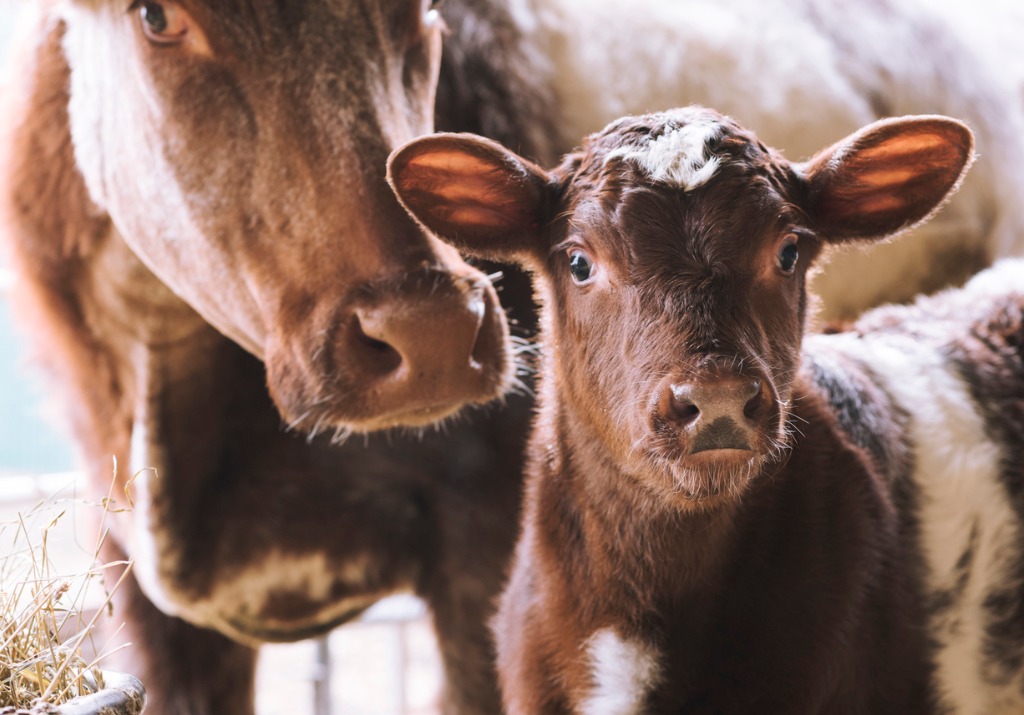Erika Lundy for Progressive Cattle 24 December 2019
As we gear up for calving season, now is a good time to consider what information we should be collecting to help us make informed decisions about the future of the cow herd.
In addition to some key information such as calving date, calf sex and birthweight, here may be some new pieces of information your operation may benefit from accumulating to aid in making better culling decisions and selection of replacement heifers to ultimately increase cow longevity within the herd.
- Cow disposition score – Typically, this is recorded as a score of 1 to 6, with a 1 being maintaining a very docile demeanor, whereas a 6 indicates a very aggressive temperament toward her calf or people. While it doesn’t always seem to be applicable in the real world, there is research data that suggests bad-tempered females have lower artificial and natural conception rates compared to more docile females.
- Cow body condition score (BCS) – BCS has a direct correlation to colostrum quality and quantity produced, with both too thin and too heavy cows producing less amounts of lower-quality colostrum. Winter hair coats often hide fat cover, so BCS collected this time of the year tend to be overestimated. However, monitoring and recording BCS near calving, breeding and weaning allows the assessment of milking ability, reproductive success and may help explain poor calf performance or calf sickness later in life.
- Cow udder score – This includes two scores on a 1-to-9 scale: teat size and udder suspension. Scores should be recorded within 24 hours of calving to be most representative. Generally, scores approaching 9 indicate poor teat and udder structure; however, lower scores indicating very tight udders and small teat size may also be problematic. Both traits are heritable, so having this information is a great tool to make progress in udder quality through selection.
- Calf vigor – This can be monitored or scored based on several ways but is something that needs to be measured within the first couple of hours of birth. This is likely one of those measurements that may not be very useful unless you have a major problem. Coupling the percentage or timing within calving season of lethargic calves with cow BCS, udder score and other data may help identify environmental, management, herd health or nutritional issues.








